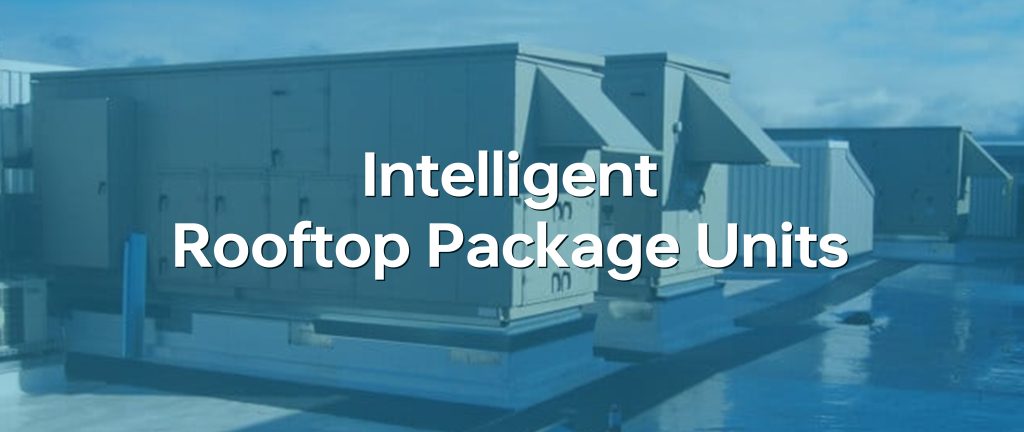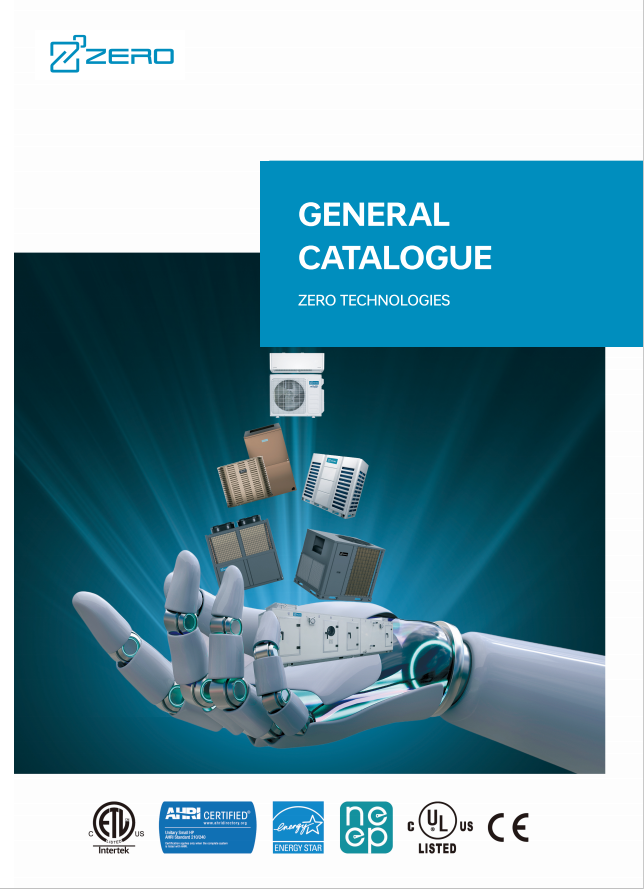What is Free-Cooling Technology?
Free-cooling technology is an energy-efficient strategy adopted in HVAC systems where colder ambient temperatures, typically the outdoor air or water, are harnessed to assist or completely handle the cooling of buildings or industrial processes. At its most basic, you can think of it as opening a window to let in a cool breeze. But in the context of HVAC systems, it involves a sophisticated system of heat exchangers, pumps, and valves that direct this cool ambient air or water to cool your facility.
In a free-cooling system, there’s a critical balance point – a specific outdoor temperature below which the system can efficiently use the outdoor air for cooling. Once outdoor temperatures fall below this point, the free-cooling system is triggered, shifting from the traditional mechanical cooling method, reducing the energy usage and the load on your chillers.
What makes this technology so smart is the way it takes advantage of the natural climate conditions, giving your mechanical cooling system a break, and saving a significant amount of energy in the process. Simply put, when it’s colder outside than the temperature you’d like inside, a free-cooling system capitalizes on this difference, effectively optimizing your energy use and contributing to substantial cost savings and environmental benefits. It’s a perfect example of working in harmony with nature to create comfortable indoor environments.

The Development of Free-cooling Technology
The journey of free-cooling technologies starts with basic natural ventilation. However, the milestone developments in modern free-cooling technology began in the 1970s with the oil crisis, which led to the first energy codes and increased interest in energy-efficient technologies.
The introduction of waterside economizers in the 1980s was a key turning point, which allowed for efficient heat exchange and cooling of chilled water systems during colder months. The technology was further refined in the 1990s, with the development of intelligent control systems, enabling automatic switching between free-cooling and mechanical cooling. While the 21st century we saw the integration of smart technologies, such as IoT, that allowed for more precise control and predictive maintenance.
Current Overview about Free-Cooling Technology Market
Driven by both governmental policies and the desire to reduce energy consumption in the face of increasing urbanization, the push towards green and sustainable buildings has been strong in China. As one of the world’s largest and fastest-growing economies, China has been a significant player in both adopting and manufacturing free-cooling technologies.
Over the past decade, many regions in China, especially those with cooler climates like the northern and northeastern provinces, have begun to recognize the significant benefits of free-cooling technologies. These regions experience cold winters, providing a large window for free-cooling systems to operate optimally. It has seen an increased application of free-cooling systems in some industries, particularly in the burgeoning data center industry. The push towards cloud computing and digital services has led to an explosion in data centers, which need efficient cooling solutions. Free-cooling systems have been instrumental in helping these facilities reduce their cooling costs.
On the manufacturing side, China has positioned itself as a major player in the production and export of free-cooling chiller products. Chinese manufacturers have been investing in R&D to improve the efficiency and reliability of these systems, making them competitive in the global market.
The Application of Free-Cooling Water Chillers
Free-cooling water chillers are extremely versatile and find applications in several areas. They’re often used in places like commercial buildings, data centers, hospitals and industrial facilities. For example, Google Data Center located in Hamina, Finland, and The New York Times Building in New York City, USA both use free-cooling systems to achieve energy conservation and system efficiency improvements. In colder climates, these chillers can virtually replace mechanical cooling systems for a significant part of the year.

The Advantage of Free-Cooling Water Chillers
Free-cooling water chillers are designed to provide numerous benefits:
- Energy Efficiency: By harnessing lower outdoor temperatures, these chillers can significantly reduce the energy used for cooling.
- Cost Savings: The reduction in energy consumption leads to lower utility bills.
- Reduced Maintenance: Since the mechanical cooling components are used less frequently, the maintenance requirements are typically lower.
- Intelligent Controls: Modern free-cooling systems include advanced controls that automatically switch between free-cooling and mechanical cooling based on outdoor temperatures.
- Sustainability: By using less energy, these systems contribute to reduced greenhouse gas emissions.

The Future Perspective of Free-Cooling Water Chillers
The future of free-cooling water chillers is very promising. As industries and societies continue to place greater emphasis on energy efficiency and sustainability, the demand for such technology is only expected to grow. Advancements in control systems and smart technologies will further improve the efficiency and effectiveness of these systems.
From a technology standpoint, advancements in sensor technology, control systems, and AI is possible to be set to revolutionize the free-cooling chiller industry. Improved sensor technology will allow for more precise monitoring of indoor and outdoor conditions, while advancements in AI and control systems will enable better optimization between free-cooling and mechanical cooling modes.
In terms of market condition, as global awareness around energy efficiency and carbon footprint grows, the demand for these systems is expected to increase. The cooling sector, particularly in industries like data centers, will continue to be a significant driver of growth for free-cooling technologies. Also, increasing adoption in commercial and residential buildings, driven by stricter energy regulations and the push for green buildings, is expected to fuel market growth.
Looking at China’s export condition, China is well-positioned to capitalize on this growing global demand. The strong manufacturing sector of China, combined with continued investments in R&D, is expected to drive advancements in free-cooling chiller technology. As the quality and efficiency of Chinese-made free-cooling systems continue to improve, it’s expected that China’s share in the global export market for these free-cooling systems will grow. China can also leverage its domestic market growth as a testing ground for new technologies before exporting them.
Conclusion
In conclusion, the future of free-cooling water chillers is exciting and filled with possibilities. Technological advancements, growing market demand, and strong manufacturing capabilities, particularly from countries like China, are set to drive this industry forward. Free-cooling chillers are more than just a trend; they represent a significant step towards a more sustainable and energy-efficient future.





